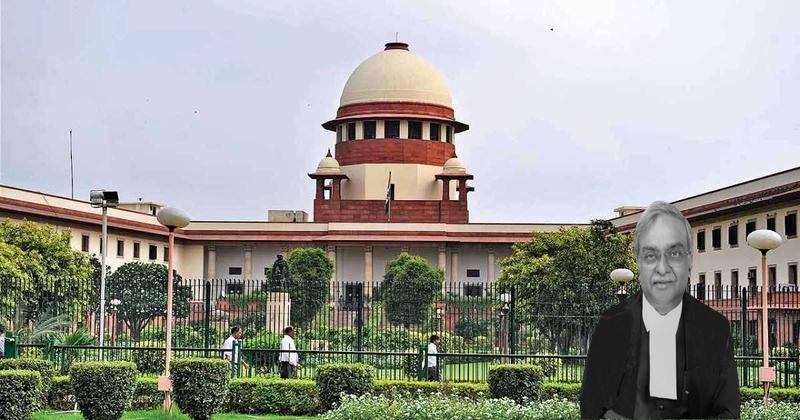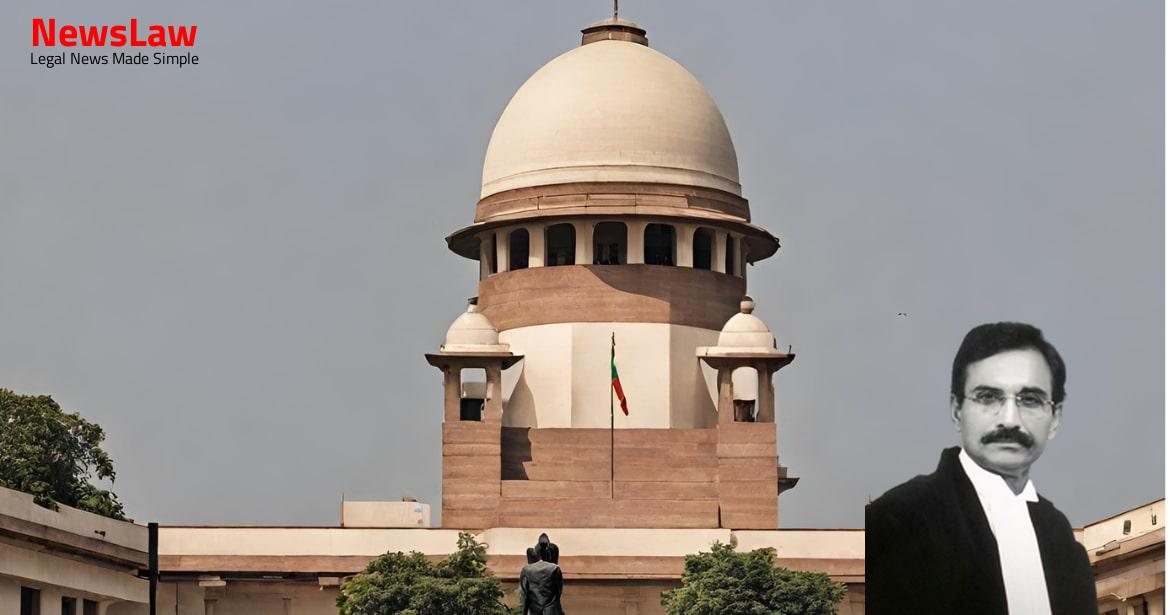In a landmark decision by the Supreme Court of India, a judgment on the dispute over the development of backwater islands in Kerala has been rendered. The case revolves around environmental regulations and land use policies governing the development of these islands. The decision addresses critical issues pertaining to conservation and sustainable development in the region. Stay updated for more details on this significant ruling.
Facts
- The High Court dismissed the review petitions by merging them with the common judgment.
- The High Court held that both Nediyathuruthu and Vettila Thuruthu islands are backwater islands of Kerala covered by CRZ Notification of 1991.
- The authority asserted to have carried out a salinity test on the basis of 5 ppt for classifying an area as CRZ.
- The words ‘small islands’ in CRZ IV were explained to cover small marine islands in the vicinity of Andaman & Nicobar and Lakshadweep, not backwater islands.
- Backwater islands with mangroves and areas close to breeding and spawning of marine life fall under CRZ I.
- CRZ Notification of 1991 applies to coastal stretches of backwater islands along with the coastal stretches of the sea.
- The High Court emphasized that environmental regulations do not negate the right guaranteed under Article 300A.
- Specifically, according to the authority, Nediyathuruthu is a low-lying area likely to be inundated due to rising sea levels.
- The area marked as a filtration pond in Nediyathuruthu was due to its low width which cannot be developed.
- The High Court clarified various aspects of the CRZ Notification of 1991 and its application to backwater islands.
- Dr. K. V. Thomas, an expert scientist, provided assistance in interpreting technical issues during the proceedings.
- The High Court engaged in a survey and measurement to address encroachment concerns raised during the case.
- The High Court ordered actions against unauthorized structures and further construction on the islands in question.
- The judgment in a batch of cases was related to the development of resorts in two backwater islands in Kerala.
- -1.2
- The High Court gave room for appellants to challenge the report of the survey in a competent forum.
- On 08.08.2013, in the case of Vaamika Island v. Union of India, this Court rejected the special leave petitions.
- This decision affirmed the High Court judgment, settling the dispute surrounding the construction of the resort in Vettila Thuruthu 4.
- The project was deemed extinguished, eliminating the need for any further approvals.
Also Read: Jurisdictional Analysis in Transfer Petition
Arguments
- Dr. A. M. Singhvi, the senior counsel for the appellants, raised several grounds of attack on the impugned order of the High Court.
- The grounds of attack include the lack of a salinity test under the CRZ Notification of 1991, flaws in the finding about the existence of filtration ponds, errors in the Coastal Zone Management Plan (CZMP), reliance on an expert opinion without proper basis, failure to follow MOEF guidelines for demarcation, lack of island-specific study for small islands falling under CRZ IV, flawed categorization of the island as a critically vulnerable coastal area (CVCA), and lack of weightage given to approvals obtained by the appellants.
- Mr. Sanjay Parikh and Mr. Pallav Shishodia raised a preliminary objection to detailed deliberation on the merits of the case, citing finality of the impugned order and the appellants’ agreement to a regularization scheme by MOEF.
- Dr. A. M. Singhvi argued that the decision in Vaamika Island was specific to Vettila Thuruthu island and since Nediyathuruthu island had different features, the correctness of the High Court’s order in relation to this island needs independent examination.
Also Read: Petitioner v. Respondent: Specific Performance Suit Dismissed
Analysis
- The appellants’ permits obtained before the 2011 Notification were deemed illegal as per Director of Panchayats’ letters advising compliance with CRZ Notification.
- A notification in 2017 provided an opportunity for regularization of developments made without complying with environmental regulations, which the appellants availed.
- KCZMA considered the appellants’ application and the terms of reference were granted in a meeting held in 2018.
- Detailed reasons given by the High Court find acceptance by the Supreme Court, obviating the need to scrutinize if they were in passing or detailed focus.
- The 2017 Notification aimed to address projects carried out without prior environmental clearance.
- Common issues related to both islands were considered in Vaamika Island judgment, with findings recorded against the appellants.
- The High Court’s findings on each issue were endorsed by the Supreme Court in Vaamika Island, providing a reasoned order.
- The notification permits construction operations 20 meters from the HTL, according to the appellant’s counsel.
- KCZMP was prepared based on MOEF guidelines with the larger public interest of protecting Vembanad Lake as an ecologically sensitive area.
- Vembanad Lake’s environmental degradation led to it being scheduled under ‘vulnerable wetlands to be protected’ as CVCA.
- Vaamika Island findings did not give room for escape to the appellants as indicated by the Supreme Court.
- The High Court found the entire Vembanad Lake included as a CVCA to be treated as ecologically sensitive.
- Main issues for both islands approved by the Supreme Court cannot be revisited based on minor ancillary issues not specifically dealt with in the judgment.
- The appellants’ arguments of distinctions between their case and Vaamika Island were refuted by the Supreme Court’s findings.
- The High Court categorized issues arising for consideration into common issues and island-specific issues and provided detailed reasoning for each.
- High Court directed demolition of illegal constructions during 1991 and 2011 CRZ Notifications
- This decision aligns with the Piedade Filomena Gonsalves v. State of Goa case, emphasizing the importance of upholding environmental protection regulations
- Appellants cannot evade findings on common issues as per this Court’s observations
- Dismissal of special leave petition without reasons vs. with a non-speaking order explained in Kunhayammed v. State of Kerala
- Appellants claim they are entitled to rebuild a significant portion of the demolished structures.
- Court does not find the distinctions made by the appellants substantial.
- Court declines to reconsider issues already decided in previous rulings.
Also Read: Analysis of Excise Duty Valuation Rules
Decision
- All appeals dismissed without order as to costs.
- Paragraph 10.2 of CRZ 2019 Notification mandates that all inland islands in coastal backwaters and islands along the mainland coast are covered by the Notification.
- CRZ of 20 meters from the HTL on the landward side shall uniformly apply to these areas, allowing certain regulated activities.
- Reduction of distance parameter to 20 meters from HTL does not benefit the appellants.
- 2019 Notification treats Vembanad lake as CVCA with management involving coastal communities.
- Comparison between 2011 and 2019 Notifications regarding the declaration and management of CVCAs.
- Appellants’ situation worsens under the 2019 Notification due to lack of consultation for declaring CVCAs.
- 2019 Notification directly treats certain areas as CVCAs, affecting appellants’ alternatives
- Appeals liable to be dismissed based on findings from Vaamika Island case and lack of material differences in appellants’ case.
- Paragraph 3.1 identifies critically vulnerable coastal areas including Vembanad lake.
- Appellants’ second alternative prayer based on CRZ Notification 2019.
Case Title: KAPICO KERALA RESORTS PVT.LTD Vs. THE STATE OF KERALA AND ORS. ETC. ETC. (2020 INSC 30)
Case Number: C.A. No.-000184-000186 / 2020



